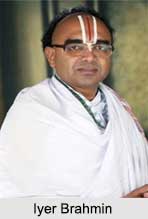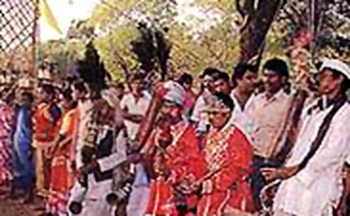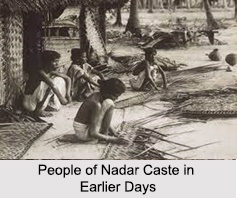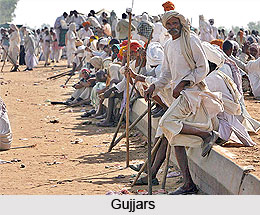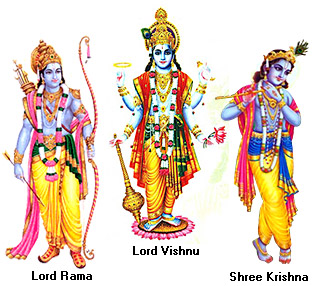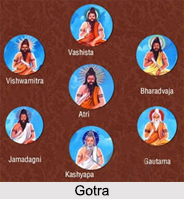Shri Parshvanatha Digambar Jain Kshetra located in Sawargaon (Koti) in Maharashtra is a Jain pilgrimage centre. It is an Atishaya Kshetra i.e. Place of Miracles. The temple is exactly located in the centre of village Sawargaon in Osmanabad District.
History of Parshvanatha Digambar Jain Kshetra
Shri Parshvanatha Digambara Jain Kshetra is situated in the centre of village, Sawargaon, in Osmanabad District. According to the history this Kshetra is about 1200 years old. The temple is associated with many legends. It is said that the idol of Lord Parshavanatha was hidden underneath the earth near the temple. A sage Bapudas one day saw a dream where he got to know about the location of the idol. As per the dream he dug the particular place and discovered the magnificent idol. Later the temple was constructed where the idol was installed and worshipped. The idol is said to possess miraculous power and fulfils the desires of the devotees who visit the temple.
Temple of Parshvanatha Digambar Jain Kshetra
The Temple of Parshvanatha Digambara Jain Kshetra houses the idol of Lord Parshavanatha. The temple has been constructed in a Hemarpanthi Style. It temple has a Sabha Mandapa and two ancient Man Stambhas adorns it on its both sides. The idol of the temple is made of black stone and is 4 1/4 ft in height. It is seated in a padmasana posture and is adorned with serpent`s hoods. It has been installed in the altar of the beautiful sanctum of the Temple. The temple is embellished with sky high magnificent spires. The idol was later on painted in V.S. 1983 in the presence of Acharya Shanti Sagarji. Apart from this the temple also houses the idol of Bhagwan Rishabh Dev that dates back to V.S 1598. The idol is seated in a padmasana posture. There are other ancient idols of Lord Suparshavnatha, Lord Aranath, Lord Chandraprabha and Lord Neminath.
The temple organises an annual fare during Magha Krishna. It has provisions for dharamshalas or rest houses for the pilgrims. Parshvanatha Digambar Jain Kshetra is well connected by road and rail. Busses and Taxies are available from Solapur and Tuljapur every time. The nearest railway station is the Solapur railway station that is located at a distance of 27 Kms. It is properly connected with major cities like Mumbai, Chennai, Hyderabad etc.










